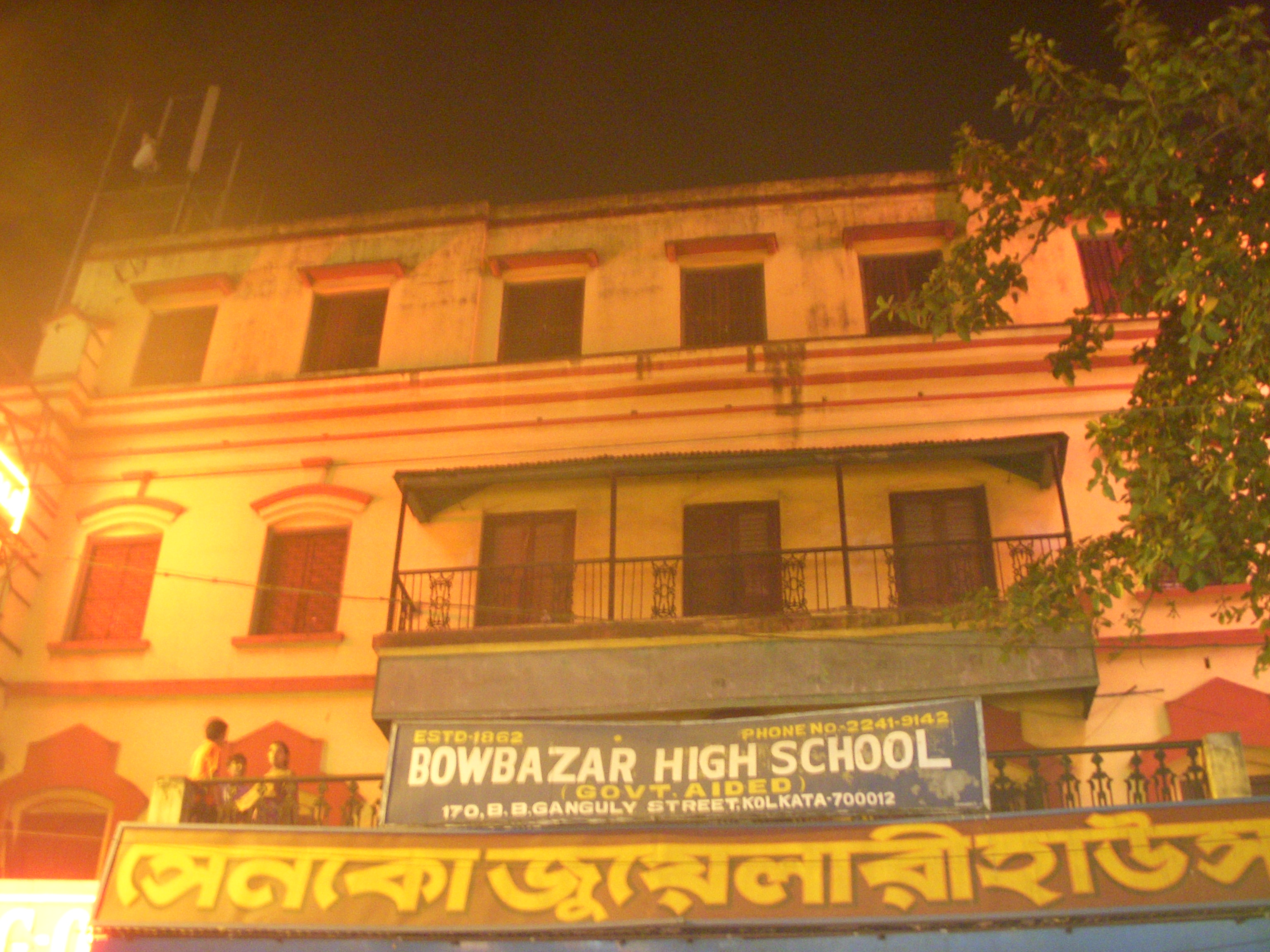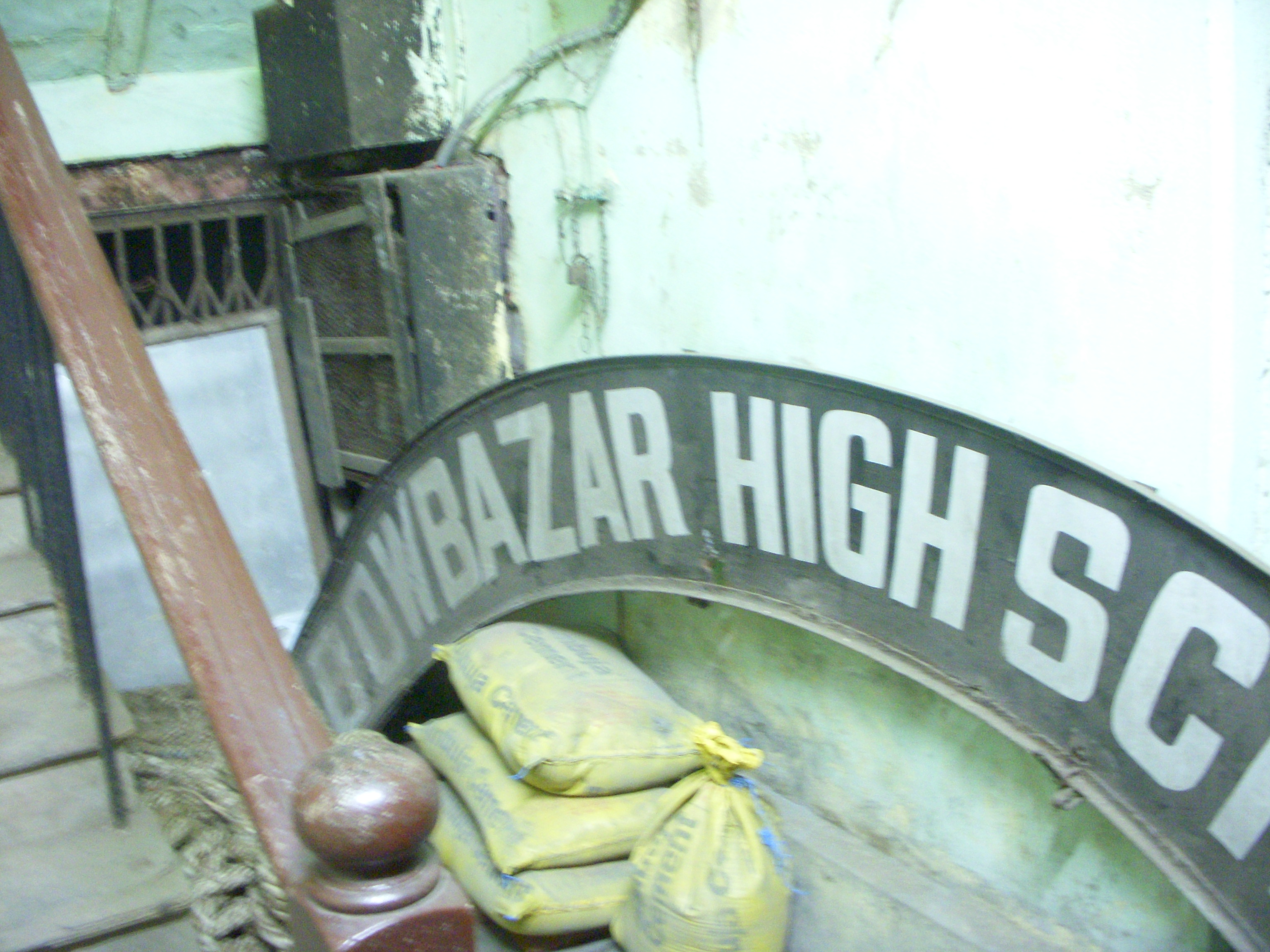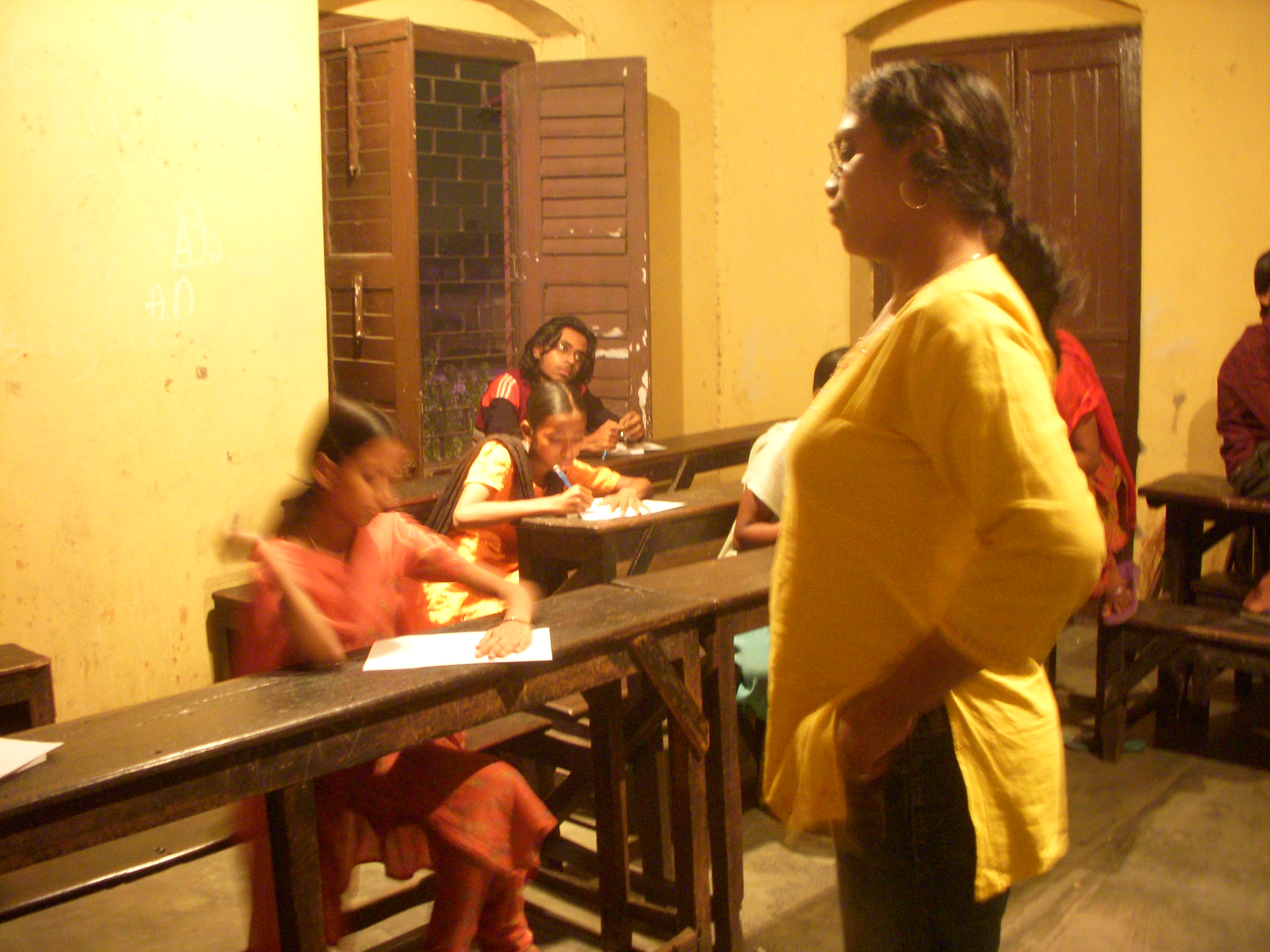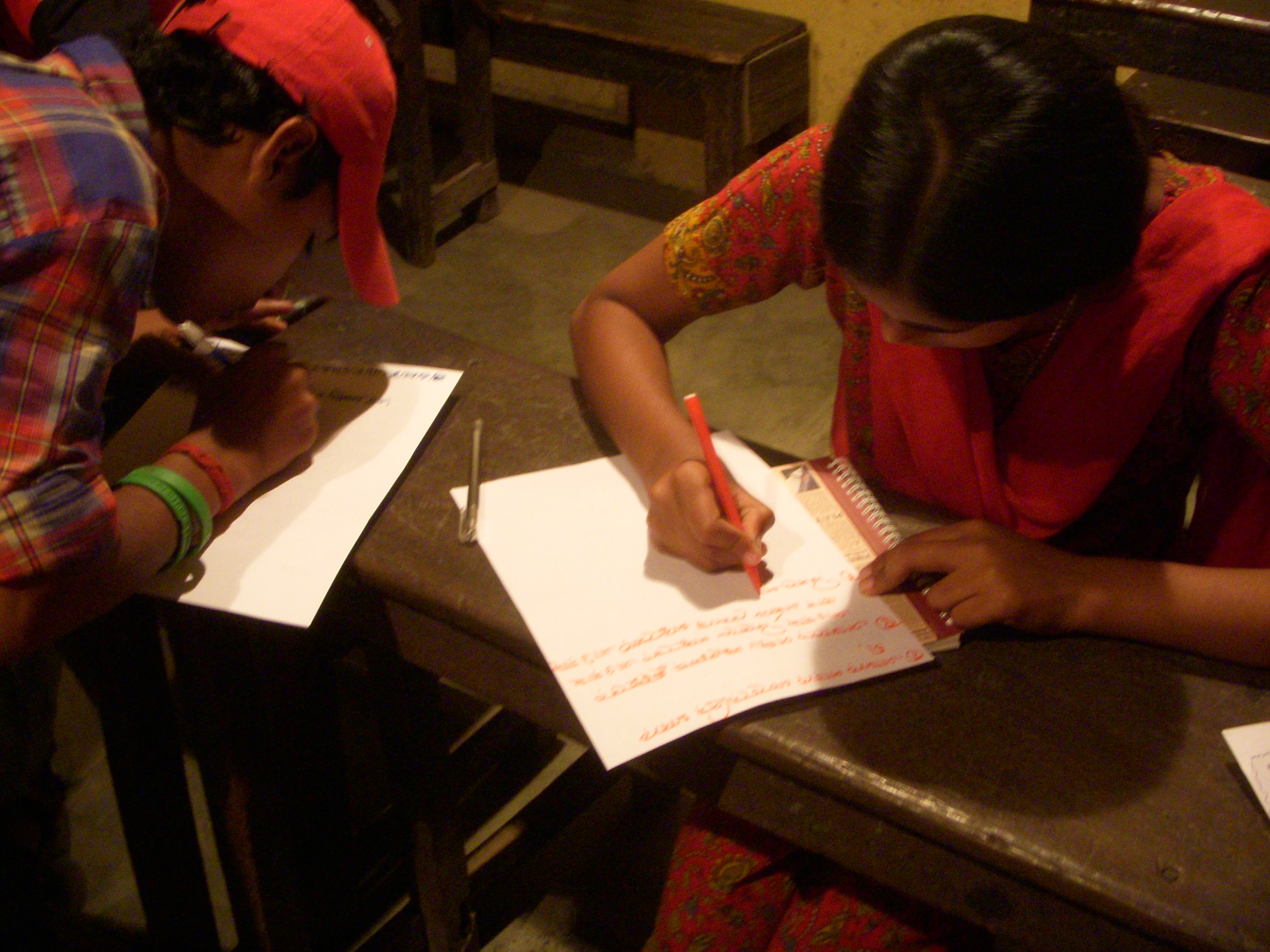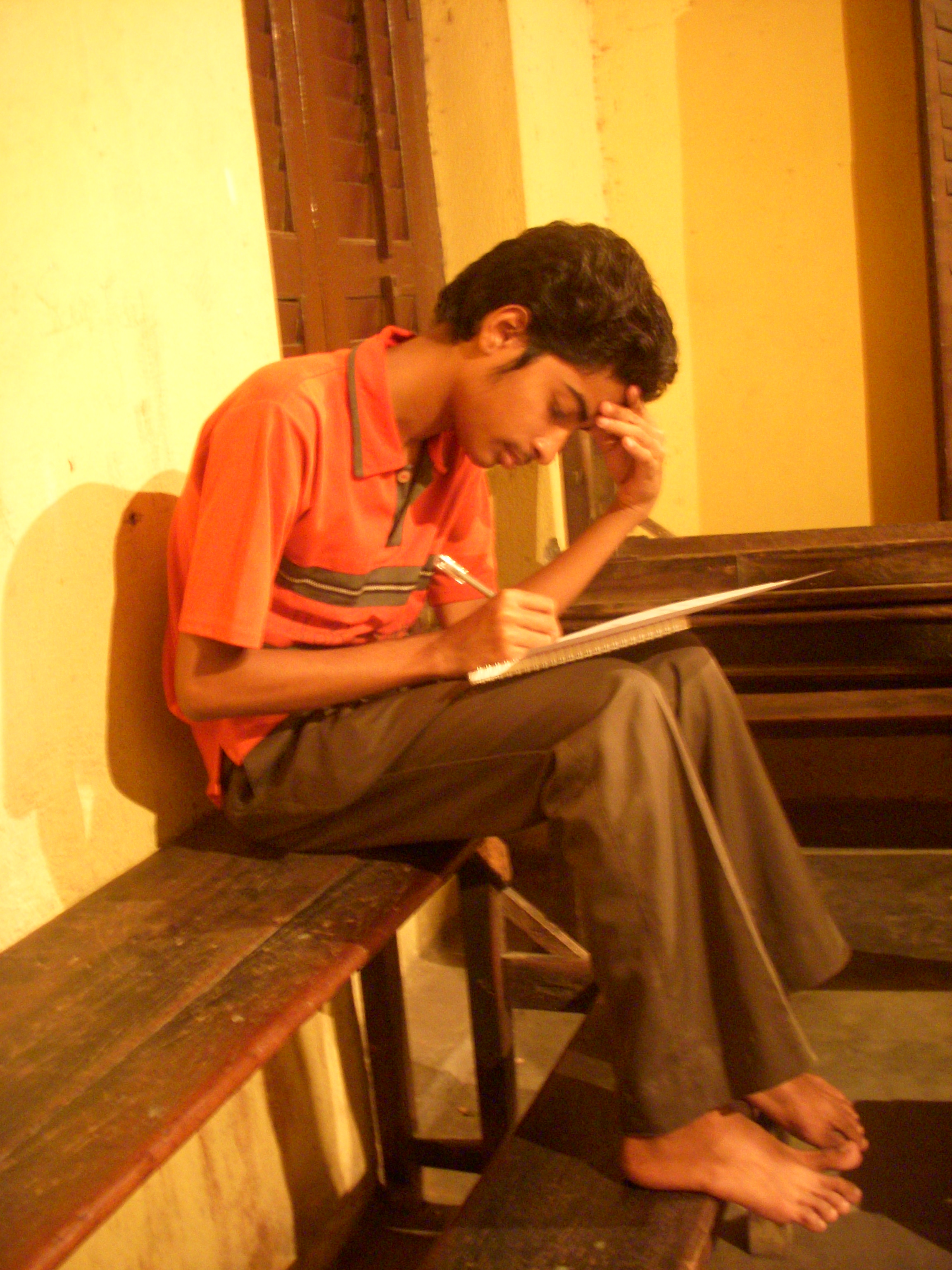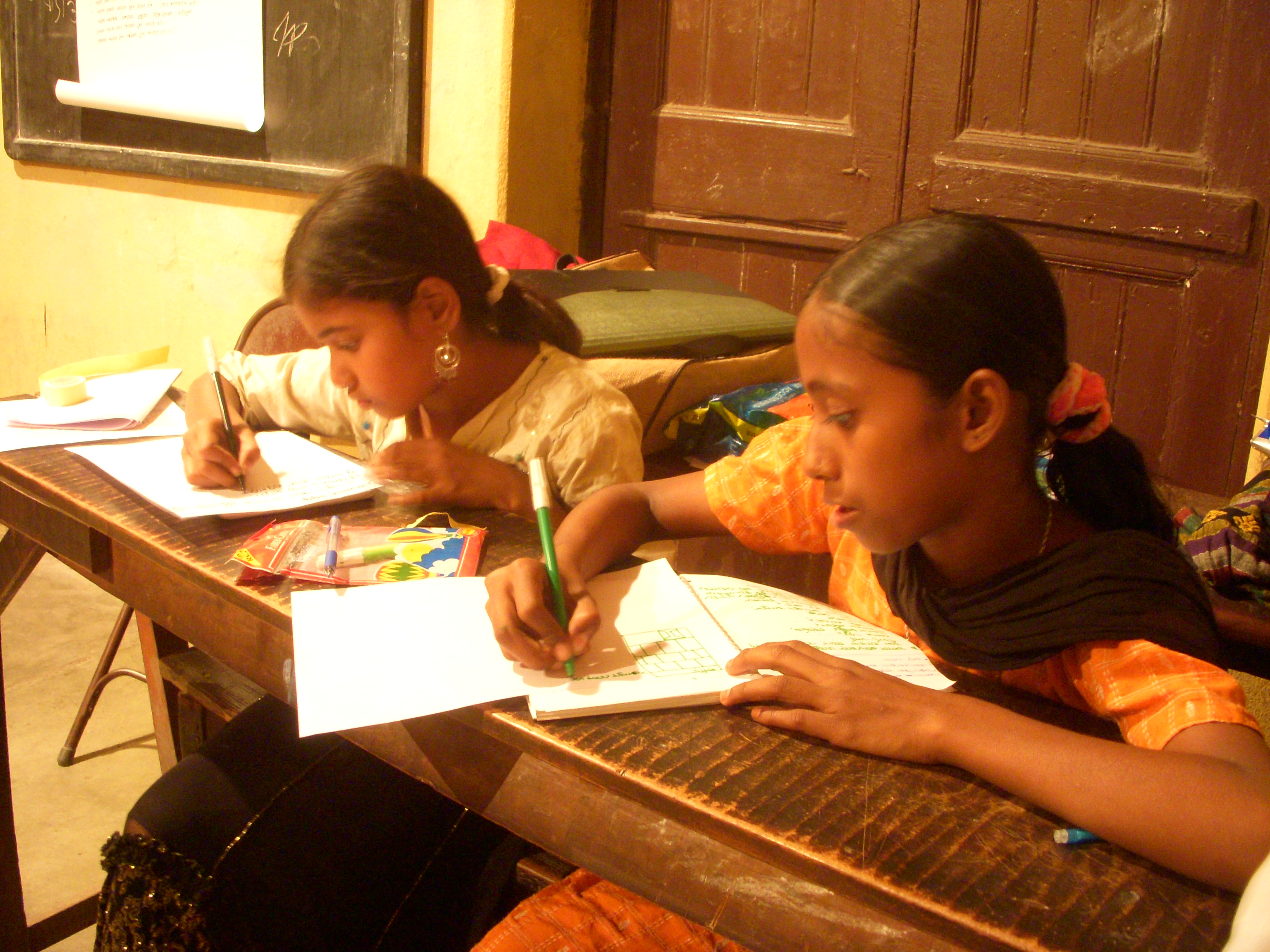Its been a couple of weeks since Bowbazaar's workshop's came to an end, and by the end of the month we are likely to begin a new series of neighbourhood journalism workshops in a new neighbourhood, with a new group of writers.
Before we move ahead into a new neighborhood for more story-telling and blogging, we'd like to reflect upon our experience in Bowbazaar — examining are shortcoming, challenges, strenghts, and achievements.
Para Diaires in Bowbazaar was pilot project for Kalam. At Kalam, while we have great experience and evolved skills in curriculum development and writing workshops, blogging is unchartered territory. And through our weeks in Bowbazaar, blogging remained as our greatest challenge.
Facilitators Bina and Urbi (creative writers and teaching artists), facilitated intriguing discussions, inquries, and texts on neighborhood among the vibrant and talented groups of writers/participant. (See previous entry for the depth of insightful discussion and writing.) This process also allowed us to create a substantive and comprehensive curriculum on Teaching Citizen Journalism to Young People in Urban India. Although we feel great about our achievement in realm of working with young people as thinkers and writers on their neighborhood, the challenge of blogging has been difficult.
Integrating blogging as a practice among the participants of our workshop reamined a difficult tasks for many reasons. First, blogging was a new concept for faciliators Bina and Urbi. Although we hoped to take participatory approach and create an atmosphere where faciliators and participants could learn, practice, and grow together, we soon realized that we needed Experts on board to sustain blogging into our curriculum and practice. Further, along with minimal blogging experiences, Para Diaries Bowbazaar also was confronted by infrastructural obstacles. Although we were armed with one labtop, we struggled with glitches on Bangla software and wifi connections. Also, most participant writers, had minimal experience with computers, making the leap to blogging all the more laborious.
Despite our weekly challenges with blogging, Bina and Urbi strived towards publishing curriculum content on the blog and sharing the stories, photographs, and narratives of the participants. We also feel to realize our ambition of more frequent and sustained blogging, we need to work with either a group of participants who are have substantial computer experience, or we need to have a team of blogging experts who can mentor both Kalam's faciliators as well as the group fo writers/participants.
Regardless of our challenges — we feel good about our work in Bowbazaar. We mobilized a group of youth residents into the practice of critical observation, sensitive reserach, and dyanmic storytelling. The voices are present, and the voices are Loud. Now, Kalam just needs to build its capacity to circualte these voices through more effective digital literacy not just among its writers, but among its facilitators.
And we're stretch our imagination and faciliate new ways of learing and growing.

